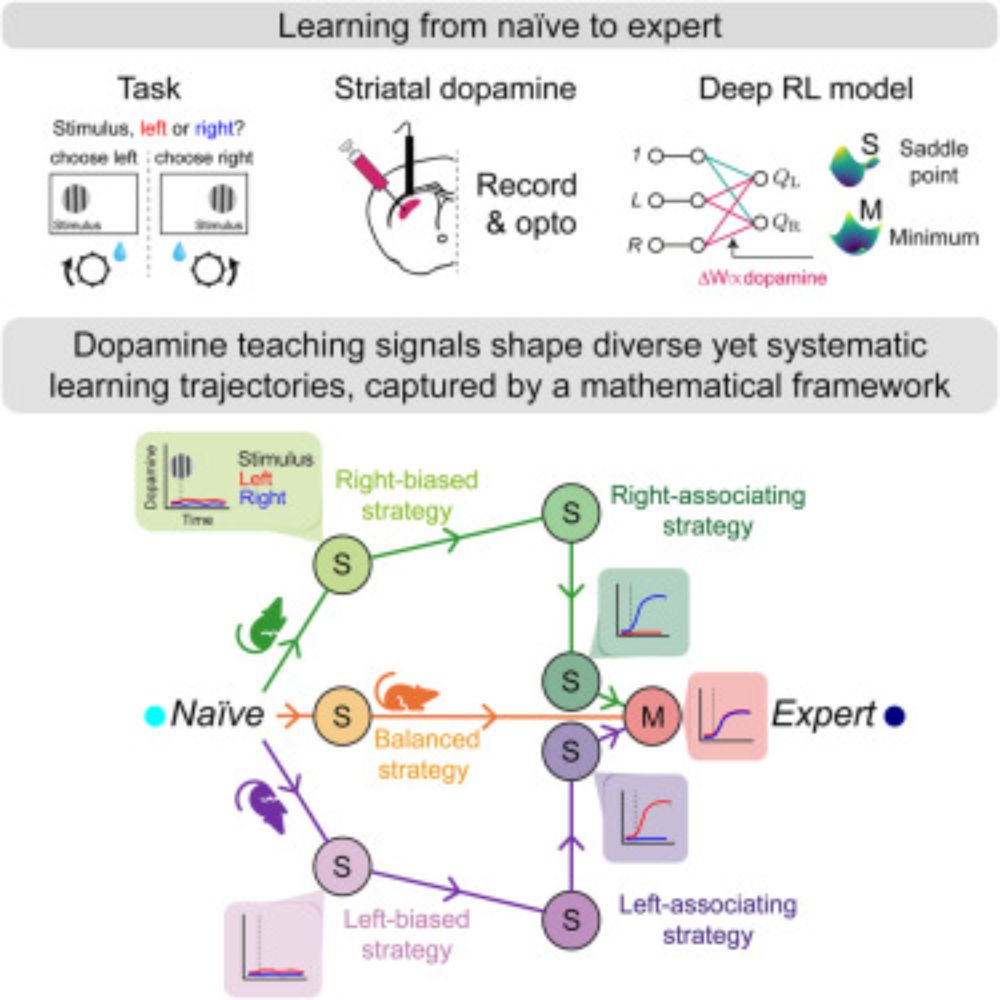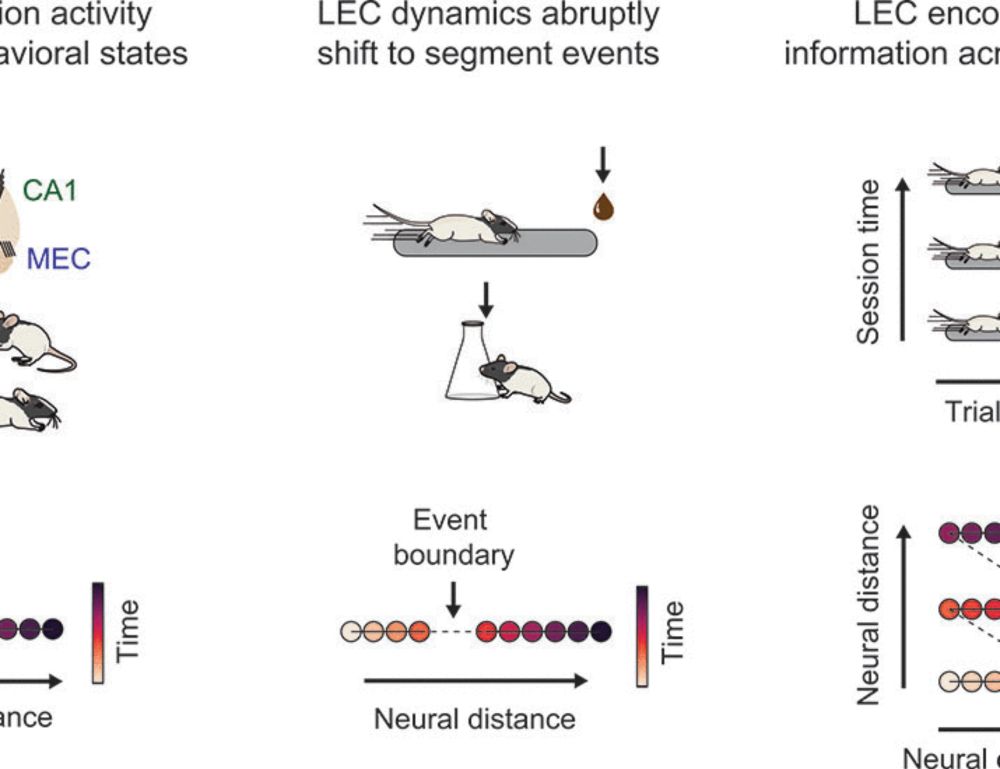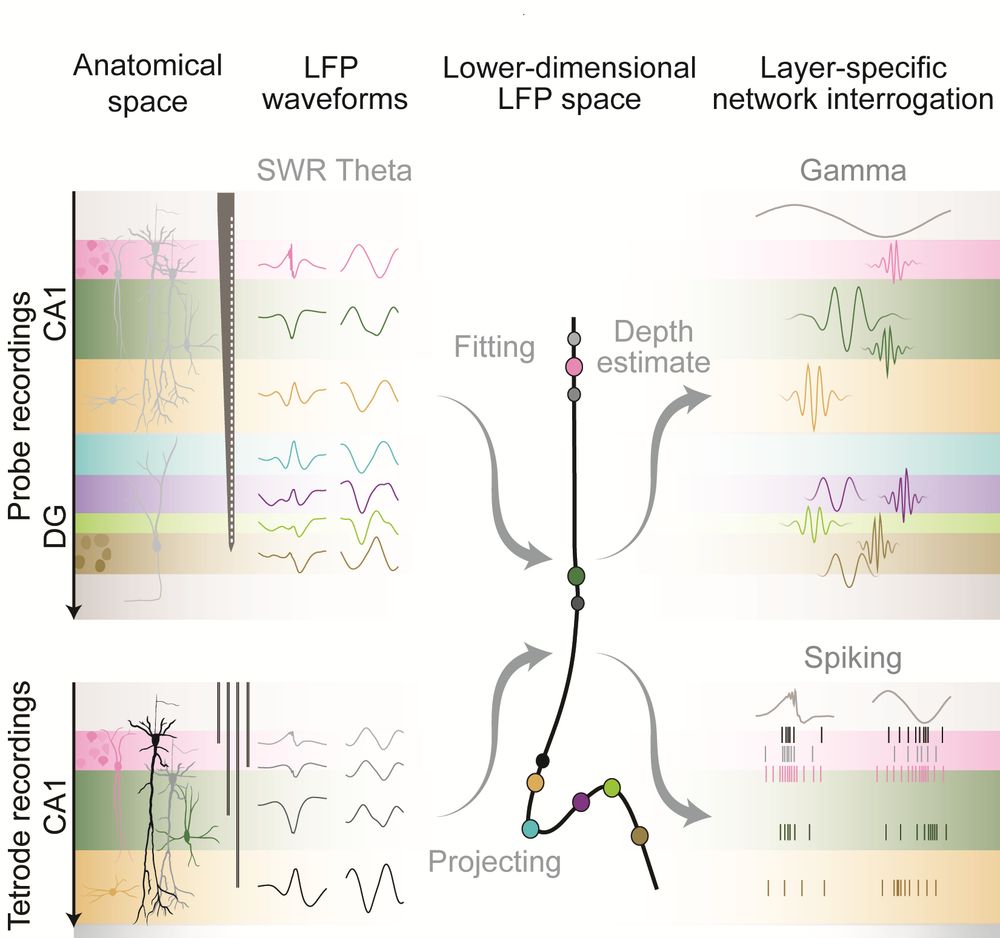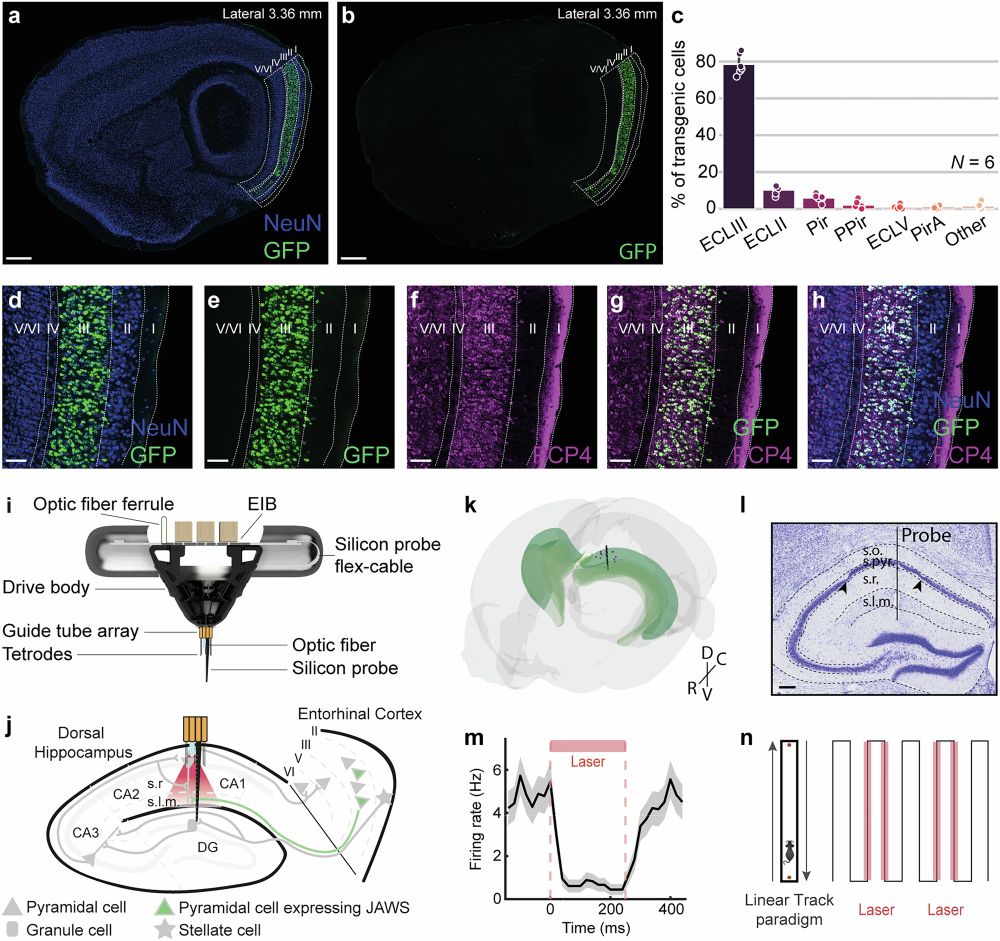Rajat Saxena
@rajatsxn.bsky.social
110 followers
100 following
9 posts
Neural correlates of learning and memory.
Postdoc @ Moser lab, NTNU
PhD @ McNaughton lab, UCIrvine
(Prev: IISc Bangalore, BITS Pilani)
Posts
Media
Videos
Starter Packs
Reposted by Rajat Saxena
Reposted by Rajat Saxena
Reposted by Rajat Saxena
Reposted by Rajat Saxena
Rajat Saxena
@rajatsxn.bsky.social
· Sep 3
Rajat Saxena
@rajatsxn.bsky.social
· Aug 6
Reposted by Rajat Saxena
Sonica Saraf
@sonicasaraf.bsky.social
· Jun 29

Variations in neuronal selectivity create efficient representational geometries for perception
Our visual capabilities depend on neural response properties in visual areas of our brains. Neurons exhibit a wide variety of selective response properties, but the reasons for this diversity are unkn...
www.biorxiv.org
Reposted by Rajat Saxena
Reposted by Rajat Saxena
Rajat Saxena
@rajatsxn.bsky.social
· Jul 12
Reposted by Rajat Saxena
Blake Richards
@tyrellturing.bsky.social
· Jul 10

Dopamine encodes deep network teaching signals for individual learning trajectories
Longitudinal tracking of long-term learning behavior and striatal dopamine reveals
that dopamine teaching signals shape individually diverse yet systematic learning
trajectories, captured mathematical...
www.cell.com
Reposted by Rajat Saxena
Guido Meijer
@guidomeijer.com
· Jul 1

Power Pixels: a turnkey pipeline for processing of Neuropixel recordings
There are many open-source tools available for the processing of neuronal data acquired using Neuropixels probes. Each of these tools, focuses on a part of the process from raw data to single neuron a...
www.biorxiv.org
Rajat Saxena
@rajatsxn.bsky.social
· Jun 30
Rajat Saxena
@rajatsxn.bsky.social
· Jun 30
Reposted by Rajat Saxena
Edvard I Moser
@edvardmoser.bsky.social
· Jun 26

Event structure sculpts neural population dynamics in the lateral entorhinal cortex
Our experience of the world is a continuous stream of events that must be segmented and organized at multiple timescales. The neural mechanisms underlying this process remain unknown. In this work, we...
www.science.org
Reposted by Rajat Saxena
Ben Kanter
@beneuroscience.bsky.social
· Jun 26
Reposted by Rajat Saxena
Marius Pachitariu
@marius10p.bsky.social
· Jun 24








